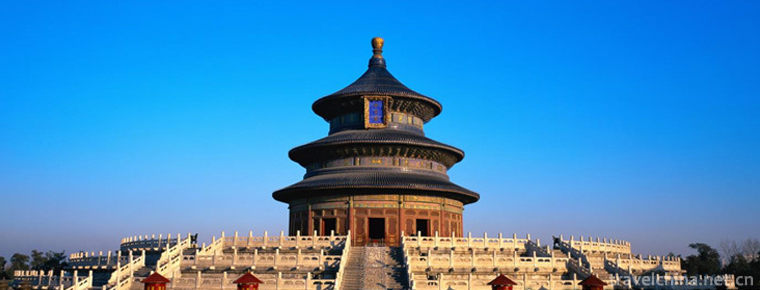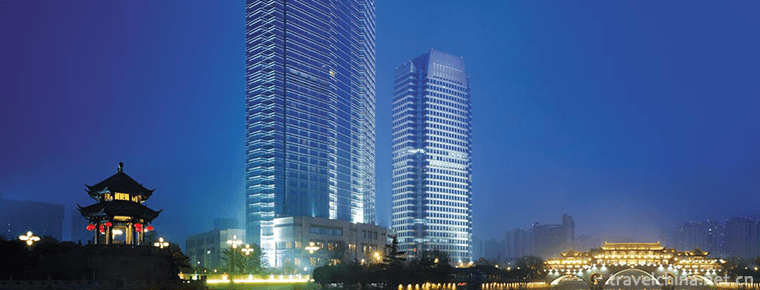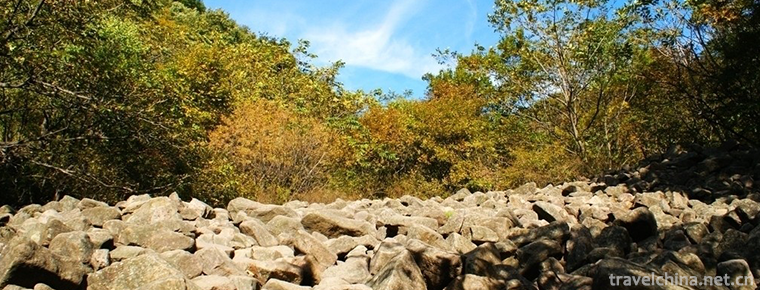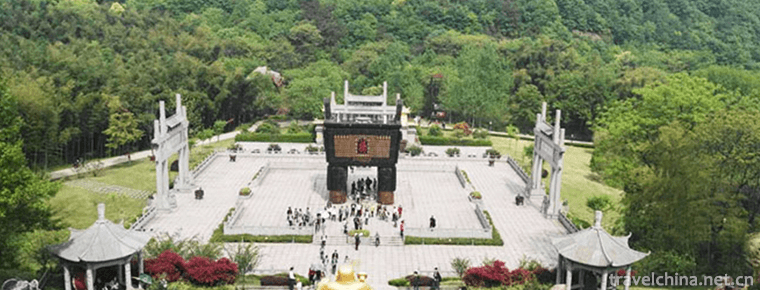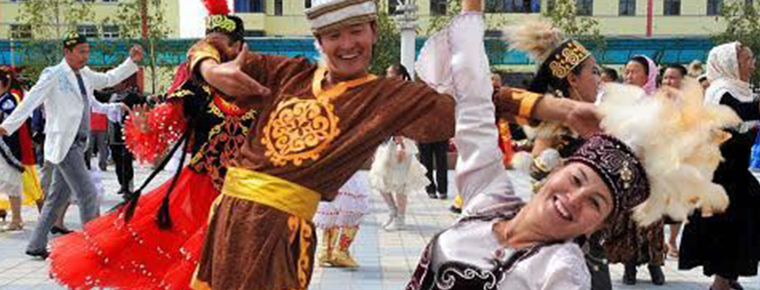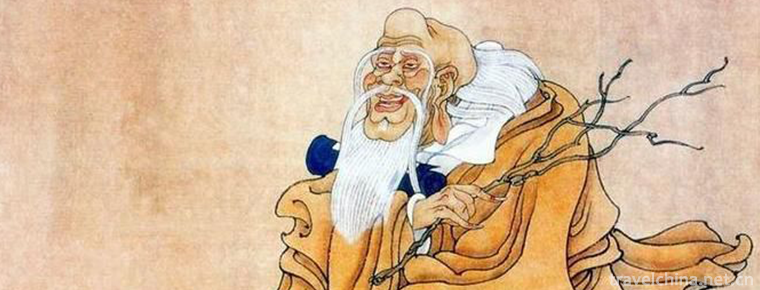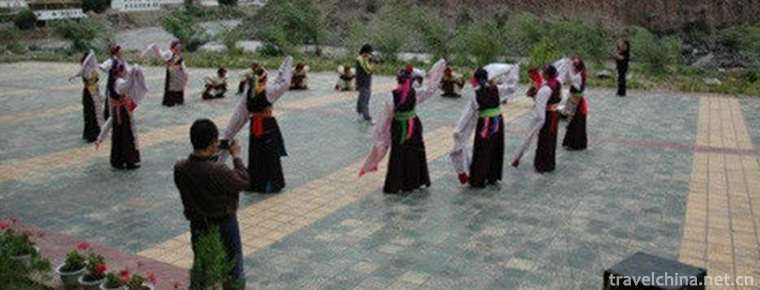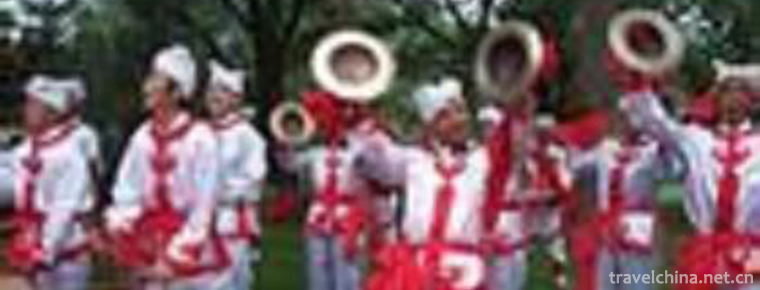Haikou Arcade Street
Haikou Arcade Street
The old arcade street in Haikou is one of the most distinctive Street landscapes in Haikou. Four of the oldest buildings were built in the Southern Song Dynasty and have a history of more than 700 years. On June 10, 2009, the first "China's Historic and Cultural Street Selection and Promotion" event was unveiled in Beijing, and Haikou is on the list of old arcades. Haikou Qilou Old Street was awarded the first ten "Famous Streets of Chinese History and Culture" for its uniqueness and uniqueness.
Haikou Arcade is mainly distributed in the old blocks of Shengsha Road, Zhongshan Road, Boai Road, Xinhua Road, Jiefang Road and Changdi Road in Haikou City. The old arcade covers an area of about two square kilometers and is 4.4 kilometers long. There are nearly 600 arcade buildings with three or four stories in size. Most of the arcades were built by a group of overseas Chinese who came back from Nanyang at the beginning of last century, drawing on the architectural style of Nanyang at that time. Arcade buildings are mostly filled with elegant and meticulous sculptures and decorations of foreign style, which have some Baroque flavor. The arcade floors are not very high. Most of them are on two or three floors. Some of them still retain their previous business names, as well as exquisite carvings in railings, doors and windows.
Historical continuity
Architecture was first built in ancient Greece more than 2,000 years ago. It was popular in Southern Europe and the Mediterranean in modern times and spread to Southeast Asia. Haikou Victory Sand Road, Civilization East Road, Zhongshan Road, Boai Road and Jiefang Road are flanked by Nanyang style columnar arcades built at the end of the nineteenth century.
The old arcade complex in Haikou was initially formed from 1920s to 1940s. The oldest four-arch building in Haikou was built in the Southern Song Dynasty, with a history of more than 600 years. The history of the arcade is closely related to the early opening up of Haikou. In the late Qing Dynasty, Haikou was one of the ports open to the outside world at that time. People who made a living in the South Asia began to invest in their hometowns. In 1849, the earliest arcade was built in the four archway blocks along Shuixiangkou and Boai North Road, from which the whole arcade block extended to form a scale.
The development of Haikou Arcade Block originated from the development of maritime trade and shipping. At that time, Haikou's shipping routes could reach Bangkok, Kuala Lumpur, Singapore, Saigon, coastal defense, Hong Kong, Xiamen, Taiwan, Guangzhou and Beihai. As a result, the merchants and laborers active in Southeast Asia and the coastal areas of the mainland became carriers of disseminating Nanyang culture, and also brought the architectural styles and styles of various places to Haikou. It has formed a mixed Eurasian urban style of Haikou Architectural Historic and Cultural Block.
Old Street Culture
architectural culture
Haikou Arcade Architecture has a long history as an architectural art of corridor style. Haikou white arcade building has not only strong traditional Chinese architectural characteristics, but also imitation of Western architecture, as well as the architectural and decorative style of Nanyang culture, and is obviously influenced by Indian and Arab architectural culture. These unique architectural styles form a arcade building, which is a landscape painting.
Because of Hainan's unique sunny and rainy climate, as early as 1395 (Ming Hongwu Year), when market streets were built in the area of "Outer Sand" in Haikou (Boai Road, Shengshan Sand Road), a long corridor-style "Paidian House" with sunscreen and sunscreen had appeared. After 1930, a tide of breaking into the South Ocean broke out in Hainan. After breaking out of a foreign land, Hainan people who went to sea to break into the South Ocean "came back to their roots" and returned home with their lifelong hard-earned money to build their houses and live in peace for their whole lives. While the ancestors brought back the idea of Nanyang, many European-style arcade buildings of Nanyang style appeared in Hainan. At that time, several or more arcades were joined in disorder, and the corridor with corridors and columns in front of the stores connected the whole block, which could provide a shelter for pedestrians, create a relatively cool environment, and become an open exchange place for businesses to seek jobs and attract customers. Riding buildings became the regional characteristics of commercial culture and social culture at that time.
Celebrity monuments
In its long history, the old arcade has accumulated a large number of historical and cultural relics with rich and varied historical and humanistic colors. Thirteen countries in history have opened consulates, churches, post offices, banks and chambers of Commerce here; Qiongya Congress site of the Communist Party of China, Zhongshan Memorial Hall; Xitian Temple, Tianhou Palace, Wusheng Temple and Madame Xiantai Temple, as well as the return of clothing and brocade to their homeland at that time. Overseas Chinese wealthy businessmen built family-style rows of riding towers for their hometown, such as Qiu's ancestral house, Raoyuan and so on.
At that time, the very famous Haikou tallest building, the "five-storey building", can be seen in Shengsheng Sand Road. It was built in the early 1930s by Wu Qianchun, a native of Wenchang, who was then chairman of the Huili Bank of Saigon City, Vietnam, using stones and timber transported back from the South Ocean. As the largest and most luxurious hotel in Haikou at that time, it was once a landmark building in Haikou, and had managed grand theatres, film shows and so on.
Traditional culture
There are many interesting neighborhood spaces left in the traditional mode of living in the old street, such as the temple space which combines the open-air stage and community activity space; the land God worship spot that can be seen everywhere outdoors, which is worshipped all the year round; the larger indoor teahouse, which is mostly used for the elderly to talk and chat, to kill lonely time, the tea room is full of people, commonly known as "Daddy Tea" and so on. Because of the abundant space for community activities outside the residence, harmonious neighborhood relations have been formed for many years. Every family participates in the activities of "lighting dragon lanterns" with community characteristics on New Year's Day.
Street Distribution
Desheng Sha Road
There is a memorial hall of Mrs. Xian Tai (commonly known as "Lady Xian Temple") on the street. It was built to commemorate Mrs. Xian who made outstanding contributions to the governance of Hainan during the Southern and Northern Dynasties and created a good situation for stability, unity and unity. Shengshengsha is the largest clothing wholesale market in Hainan.
Xinhua South Road
In the 1960s and 1970s, the style of "Emancipation Cinema" still solicited customers by writing propaganda boards in block letters.
zhongshan road
Zhongshan Road is a street decorated with hardware lights, which is showcased by numerous neon advertisements.
Pok Ai Road
The market of East and West Gates runs through Boai Road. The East Gate is a dry seafood market, while the West Gate is an antique street, with antique stalls of all sizes swinging along the street.
Scenic spot honor
On July 20, 2009, the unveiling ceremony of "Famous Street of Chinese History and Culture" was held in the old arcade of Haikou. The old arcade building in Haikou is large-scale and well-preserved. In June 2009, it was named "Famous Street of Chinese History and Culture" by the Ministry of Culture and the State Administration of Cultural Relics.
Scenic spot traffic
Haikou Qilou Old Street is close to Renmin Bridge and is accessible by multiple buses.







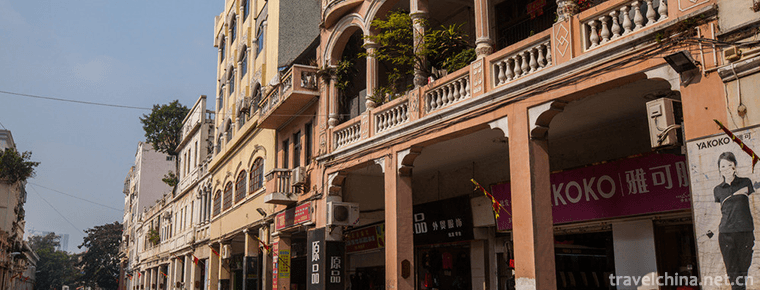
-
Tiantan Park
No. 1 donglijia, Tiantan, Dongcheng District, Beijing, China.
Views: 427 Time 2018-10-02 -
Yesanpo Scenic Area Laishui County Baoding
The Yesanpo Scenic Area of Laishui County, Baoding City, Hebei Province, is located in Laishui County, Baoding City. The Taihang Mountains and Yanshan Mountains.
Views: 188 Time 2018-11-24 -
Kashgar Ancient City
The ancient city of Kashgar, a national AAAAA tourist attraction, covers an area of 20 square kilometers. The capital of Shule was renamed Panzhi City, the predecessor of Shule City in the Western Han.
Views: 117 Time 2018-12-12 -
Chengdu Shangri La Hotel
Chengdu Shangri-La Hotel belongs to Shangri-La Hotel Group. It was officially completed and put into use on May 20, 2007. The hotel is located at No. 9 Binjiang East Road, Chengdu City.
Views: 157 Time 2018-12-16 -
legend of butterfly lovers Liang Zhu
Legend of Liang Zhu (Legend of Liang Shanbo and Zhu Yingtai) is a sad and moving love story. It is also called four ancient Chinese folklores with Meng Jiangnu, Niulang Zhinu and White Snake Biography.
Views: 286 Time 2018-12-23 -
Limutai Natural Scenic Area
Limutai Natural Scenic Spot is located at the northernmost end of Tianjin, known as "Tianjin Arctic". In the scenic area, the peak forest and canyon are strong and dangerous.
Views: 171 Time 2019-01-29 -
Malenqi Peak Forest Tourist Area
Located at the junction of Tongling, Nanling and Fanchang counties on the South Bank of the Yangtze River, Maren Qifeng scenic spot is located in the middle of the southern Anhui tourism belt.
Views: 202 Time 2019-02-06 -
Kazakh Karakol Leha
On May 23, 2011, Kazakh Karakol Kazakh was listed in the third batch of national intangible cultural heritage list with the approval of the State Council..
Views: 307 Time 2019-05-02 -
Laozi legend
Laozi is the incarnation of Laojun. The fifteenth day of February in the lunar calendar is a major Daoist festival. It is the "Christmas" of the emperor. Lao Tzu, the word Boyang.
Views: 204 Time 2019-05-11 -
Mangkang Trichord Dance
Sanxian Dance originated in Quzika Township, Mangkang County, Changdu District. It has the unique charm of simplicity, elegance, melodiousness and ease, and is deeply loved by the masses. Passengers p.
Views: 210 Time 2019-05-22 -
Daoism in Northern Shaanxi
As one of the traditional folk songs in northern Shaanxi, Daoqing in northern Shaanxi was originally called "Qingjian Daoqing". Later, because "Longdong Daoqing" and "Shenchi .
Views: 161 Time 2019-06-13 -
Daheishan Forest Park
Daheishan Forest Park is located in Wuben Township, Renhe District, Panzhihua City, Sichuan Province. From the center of Panzhihua bingcaogang River Panshan 58 kilometers, through Guaziping, Lanjian mine and Wuben township..
Views: 73 Time 2020-10-15
